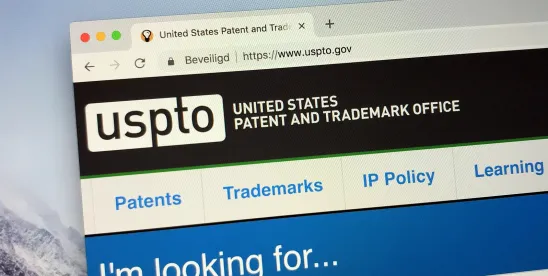Verify Prior Art Claims to Safeguard Patent Applications

Patent applicants must exercise caution when dealing with provisional priority dates in their filings. Many submit provisional applications to the United States Patent and Trademark Office (USPTO) to establish an early priority date before progressing to a full utility patent application. To benefit from this priority date, the claims in the utility application must be adequately supported by the written description in the provisional application.
Despite understanding the importance of aligning their claims with their provisional filings, applicants and patent professionals may occasionally neglect to examine the written descriptions of third-party provisional applications. This oversight poses a risk, as it can result in unwarranted rejections based on prior art that actually postdates the applicant’s priority date.
Understanding the Risks of Prior Art
A common scenario arises during the examination process of a patent application when an examiner cites a utility patent filed by a third party. This utility patent may have a filing date later than the applicant’s priority date but claims priority to an earlier provisional application. In this instance, the applicant’s patent application is an intervening case whose priority date is earlier than the third party’s utility patent filing but later than its provisional application.
In such cases, the examiner cannot justifiably use the later-filed utility patent as prior art against the subject application unless the claims made in that utility patent are directly supported by the earlier provisional application. Therefore, it is crucial for applicants to verify that the teachings cited from the third-party reference are indeed backed by the earlier provisional filing. If gaps in support exist, applicants can challenge the rejections by arguing that the cited teachings do not constitute valid prior art.
This strategy could be more effective than filing a detailed response with substantive arguments. By questioning the validity of the prior art outright, applicants can potentially eliminate the cited reference as a barrier to their application while minimizing the risk of prosecution history estoppel against their claims. Maintaining broad claim scope is particularly beneficial for applicants in competitive sectors, as it allows for greater flexibility in product development and innovation.
Maintaining Competitive Advantage
Preserving the scope of patent claims is vital in industries where competition is fierce. A broader claim enables applicants and patentees to explore various solutions for enhancing their products and services while simultaneously constraining competitors’ options. This limitation can significantly reduce the risk of substitution and create robust barriers to entry for new market players.
As such, patent applicants should prioritize verifying whether the teachings from a cited patent reference genuinely qualify as prior art before considering any substantive amendments or arguments in their applications. Understanding the intricacies of provisional priority dates and their implications on patent claims can safeguard applicants’ interests and reinforce their competitive stance in the marketplace.






